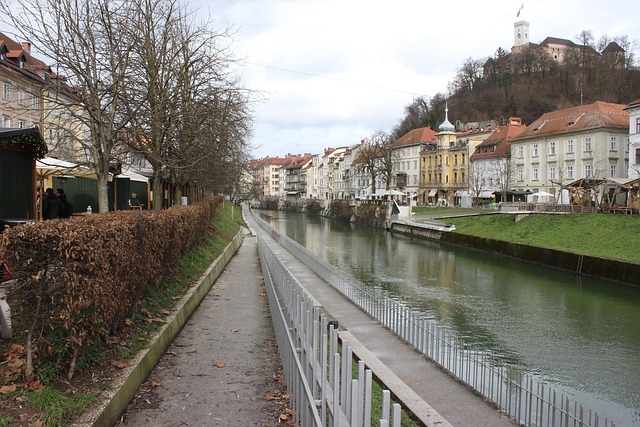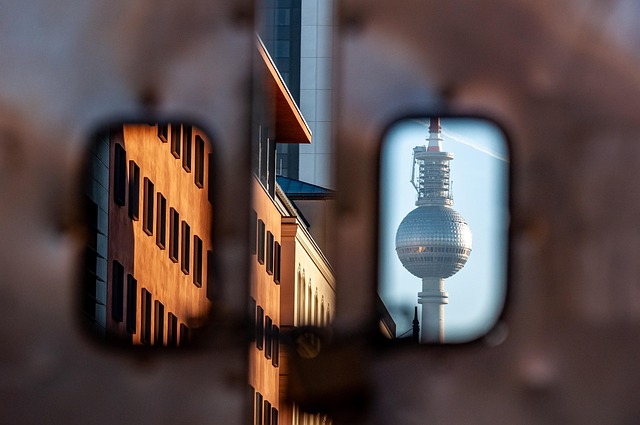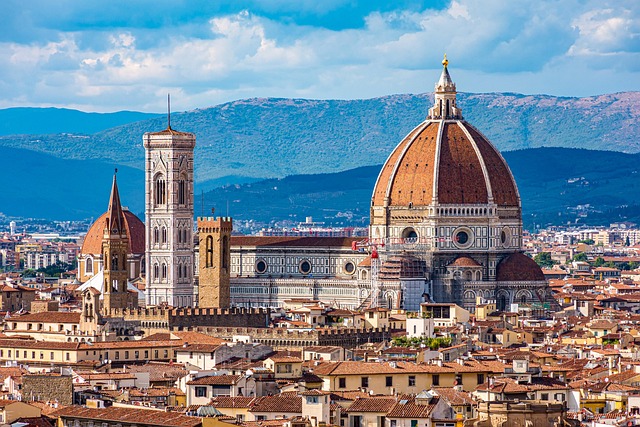“Unveiling the Vibrant KMC/DMC Korangi Jurisdiction: A Comprehensive Guide to Karachi’s Diverse District
Karachi, Pakistan’s bustling metropolis, is home to diverse communities and dynamic urban landscapes. This article delves into the heart of KMC/DMC Korangi, exploring its geographic boundaries, rich history, and demographic tapestry. We analyze population dynamics and socio-economic factors shaping this vibrant region. From infrastructure developments to its pivotal role in Karachi’s economy, we uncover the unique challenges and opportunities. Furthermore, we highlight community engagement, municipal services, and the impact of these initiatives on the lives of Korangi’s diverse residents.”
- Geographic Overview of KMC/DMC Korangi Jurisdiction
- – Delving into the boundaries and location within Karachi
- Historical Background and Establishment
- – Understanding how the region came to be part of the municipal system
- Demographics and Population Dynamics
- – Analysis of the population, culture, and socio-economic factors
Geographic Overview of KMC/DMC Korangi Jurisdiction

The KMC/DMC Korangi jurisdiction in Karachi, Pakistan, encompasses a vibrant and diverse urban landscape. Situated within the greater metropolis, this area stands out for its unique blend of residential neighborhoods, industrial hubs, and commercial zones. The jurisdiction is characterized by a strategic location along Karachi’s coastal belt, offering both scenic views and easy access to key transport routes.
Geographically, KMC/DMC Korangi boasts a mix of modern developments and historical sites, reflecting the city’s rich tapestry. Rolling hills and green spaces dot the landscape, providing respite from the bustling streets. This blend of natural beauty and urban infrastructure contributes to the area’s appeal, making it a thriving community within the vibrant city of Karachi.
– Delving into the boundaries and location within Karachi

In the vibrant metropolis of Karachi, the KMC/DMC Korangi jurisdiction stands as a distinct entity, carved out within the city’s bustling landscape. This administrative division is strategically located in the southeastern corner of Karachi, encompassing an area rich in cultural diversity and industrial significance. Delving deeper, one discovers a web of intricate boundaries that separate Korangi from its neighboring areas, each with unique characteristics contributing to the complex tapestry of Karachi.
The jurisdiction’s precise geographic location plays a pivotal role in shaping its identity. Nestled between the bustling industrial hubs and residential neighborhoods, Korangi acts as a vital link, facilitating trade and commerce while providing a serene environment for its residents. Understanding these boundaries is essential for navigating not just the physical space but also the socio-economic dynamics that define this vibrant part of Karachi.
Historical Background and Establishment

Karachi, known for its vibrant history and bustling metropolis, has seen the evolution of various administrative jurisdictions over time. Among these, the KMC (Karachi Municipal Corporation) and DMC (District Municipal Corporation) Korangi stand out as key players in the city’s governance. The historical background of these institutions dates back to the colonial era when Karachi, then a small coastal town, began its transformation into a bustling port city. As the population grew, so did the need for organized urban management.
The establishment of KMC and DMC Korangi was a response to this growing demand. Over the years, these entities have played crucial roles in shaping the city’s infrastructure, maintaining public services, and addressing the needs of their respective areas. The evolution of Karachi’s administrative landscape is a testament to the city’s continuous growth and the adaptive measures taken to ensure its well-being, reflecting the dynamic nature of this vibrant metropolis.
– Understanding how the region came to be part of the municipal system

Karachi’s Korangi jurisdiction, a vibrant and diverse area, has an intriguing history within the municipal framework. The region’s integration into the city’s administrative system dates back to the early 20th century when Karachi, then a thriving port city, experienced rapid urbanization. To accommodate this growth, the colonial authorities established a structured municipal system, which over time evolved into the robust framework we see today. Korangi, initially a separate rural area, was strategically incorporated into Karachi’s urban fabric, becoming an integral part of the metropolitan area.
This expansion was driven by the city’s expanding economic and cultural reach, as well as the need to manage resources and infrastructure effectively. As Karachi morphed into a bustling metropolis, Korangi’s strategic location and potential became undeniable. Through thoughtful planning and development, the region has transformed into a thriving neighborhood within the larger Karachi ecosystem, reflecting the dynamic nature of urban evolution in Pakistan.
Demographics and Population Dynamics

Karachi, Pakistan’s economic powerhouse, is home to diverse communities within its KMC/DMC Korangi jurisdiction. The area boasts a vibrant mix of cultures and ethnicities, contributing to its rich social fabric. According to recent estimates, the population stands at over 15 million, making it one of the most densely populated urban centers globally. This demographic density is characterized by a young population, with a significant proportion in the productive age groups.
The population dynamics in Korangi are marked by rapid urbanization and internal migration from rural areas. The neighborhood’s accessibility, employment opportunities, and infrastructure attract residents seeking better prospects. This constant influx contributes to the area’s cultural evolution and presents both challenges and opportunities for urban planning and development in the bustling metropolis of Karachi.
– Analysis of the population, culture, and socio-economic factors

Karachi’s KMC/DMC Korangi jurisdiction is a vibrant and diverse area, reflecting the city’s unique demographic makeup. The region boasts a mixed population comprising various ethnic groups, contributing to a rich cultural mosaic. This cultural tapestry is evident in local traditions, festivals, and culinary delights that reflect the area’s history as a melting pot of cultures. Socio-economically, Korangi witnesses a blend of traditional and modern sectors with a significant portion of the population engaged in informal economies. The region’s dynamic nature also draws a large influx of migrant workers from rural areas, adding to its socio-cultural complexity. These factors interplay to create a distinct urban landscape within Karachi, making KMC/DMC Korangi a fascinating microcosm of the city’s broader diversity.

Leave a Reply